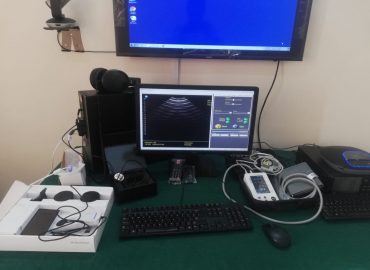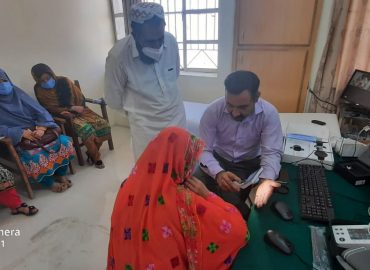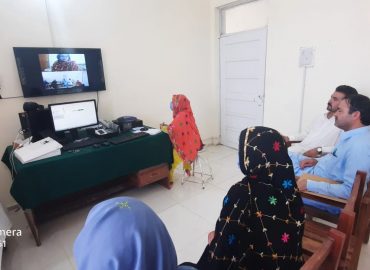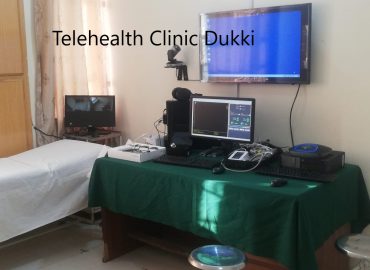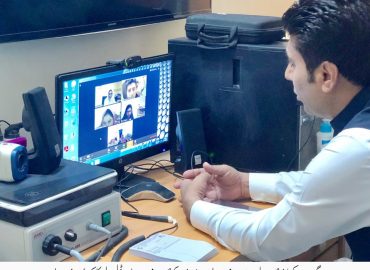Telemedicine is the remote delivery of healthcare services, such as health assessments or consultations, over the telecommunications infrastructure. It allows healthcare providers to evaluate, diagnose and treat patients using common technology, such as video conferencing and smartphones, without the need for an in-person visit.
Primary Healthcare System in Balochistan is affected by deficiency of general and specialist healthcare providers. Telehealth initiative aims to provide quality healthcare services to the underserved in the province. In line with the vision of Government of Balochistan, PPHI-Balochistan in collaboration and with technical expertise of COMSATS Internet Services Islamabad introduced Telehealth services in Balochistan. After a successful pilot at 02 sites (Shadoband Gwadar and Wahdat Colony Quetta), 04 telehealth clinics were established in July 2020. Government of Balochistan decided to extend telehealth service to all 33 districts (now 35 may further increase) of Balochistan. In phase 02 of the project 09 further health facilities were commissioned by June 2021. A Mobile telehealth unit started operations in October 2021. In Phase 3, 10 health facilities are being commissioned currently (05 Completed). With an all-female panel of doctors, the vast majority of the rural female population shall have access to quality healthcare with comfort of interacting with a lady Doctor.
Telehealth offers effective tools for delivering healthcare services, and provides an opportunity to expand the reach and quality of primary healthcare. Offering specialist gynecology, pediatric and dermatology services.
PPHI-Balochistan is responsible to provide primary healthcare services across Balochistan. Despite our best efforts there exists a gap in the outreach and types of services being provided, with geographical and financial barriers access to general and specialist care is difficult in rural Balochistan. Main barriers to healthcare are deficiency of general and specialist healthcare providers, distances and costs of travel and care. Literacy in general and health literacy in particular plus limited clinical availability compounds the problem, as people do not realize the severity of illness in time.
